The Melasma-Fighting Products Skin-Care Pro Heidi Brown Uses Every Day in the Summer
Melasma is characterized by dark patches of skin and happens to be one of the most prevalent dermatologic conditions there are. “Melasma happens when the pigment-producing cells, or melanocytes, in the skin are triggered to get bigger and produce more pigment,” Purvisha Patel, MD, a board-certified dermatologist and the founder of Visha Skincare, previously told Well+Good. “We are all born with the same number of melanocytes, they are more active in darker-skinned people, and are not evenly distributed in everyone, so when they get big or hyperactive, this results in uneven pigment on the skin," she adds.
- Heidi Brown, founder and CEO of Brilliance by Brown
- Purvisha Patel, MD, board-certified dermatologist and founder of Visha Skincare
This phenomenon can be triggered by UV rays and heat (along with hormones and, oddly enough, wearing a mask), which is why it becomes a more common complaint during the summer months. It also tends to disproportionately impact people with darker skin tones, because these skin types naturally have more active pigment-producing cells, according to the American Academy of Dermatology.
This explains why Brown has been dealing with dark spots of her own now that sun-worshipping season is in full swing. "My melasma showed up in a bigger way over the last few months, so I’m being more diligent than usual about dealing with that," says Brown. "It’s better than it was, but its appearance speaks to my loving the sun so much, and thinking I was protecting my skin more than I actually was."
{{post.sponsorText}}
Thankfully, as a devoted skin-care aficionado, she knows a thing or two about how to handle the situation... and how to prevent it from happening again. Keep scrolling for the products she uses every day to deal with seasonal melasma.
Shop the best products for melasma
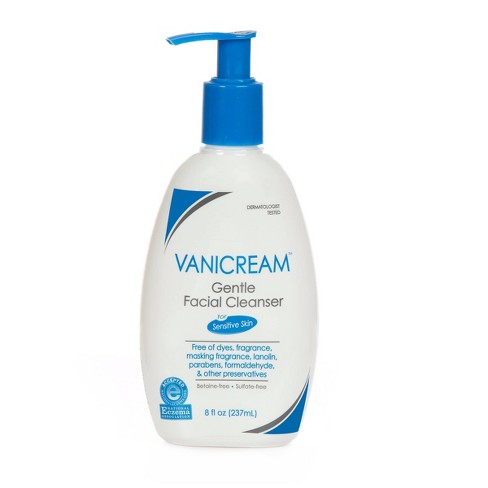
Brown starts her morning and evening routines with a gentle cleanser and rinses her face with lukewarm water. Her favorite formula, which you can find at the drugstore, is non-drying and non-irritating, which makes it friendly to sensitive skin and the concerns that come along with it.

This serum combines niacinamide and zinc, two ingredients that can mitigate the discoloration melasma brings about. Niacinamide is known for its inflammation-fighting and dark-spot correcting properties (plus, it’s also rich in antioxidants), and research links topical zinc to successful melasma treatment. It’s soothing and brightening,” says Brown of this particular formula, which she applies every day.

Brown supplements the antioxidants in her niacinamide serum with this cult-fave vitamin C, which she uses three mornings per week. Antioxidants are important for fending off free-radical damage, aka one of the main culprits behind melasma, which is why doubling up is a great idea.
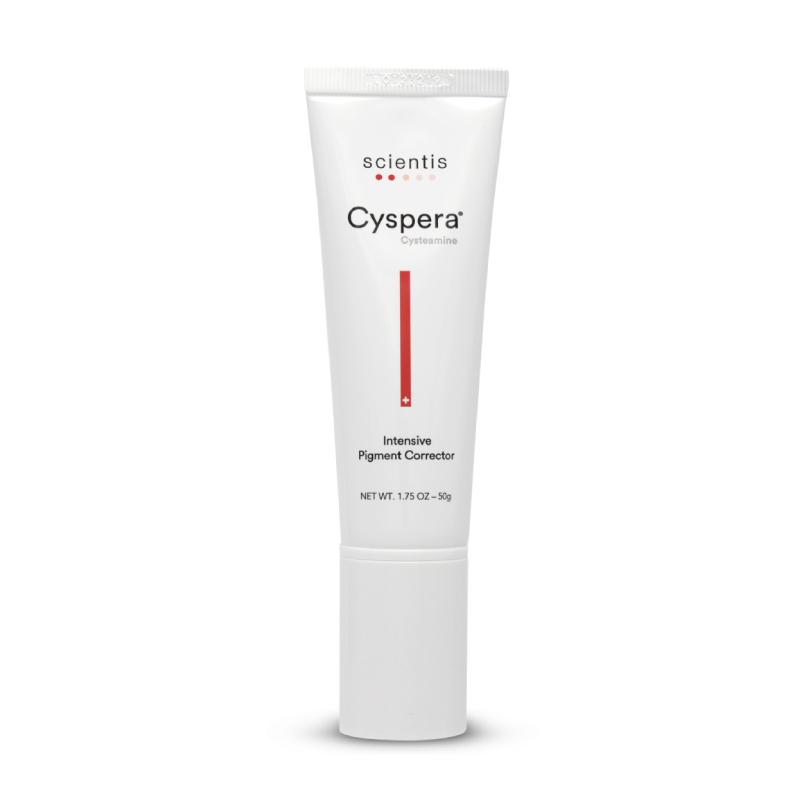
This next-gen melasma treatment launched last year, and is made with topical cysteamine which studies have shown can significantly decrease the excess melanin content in the skin that leads to visible darkening. “This pigment corrector deals with melanocytes, and what I do is apply it to my face in the morning before my cleansing step, leave it on for 15 minutes, and then wash it off with a gentle cleanser,” says Brown.

Brown also uses azelaic acid in her routine, which helps to inhibit a hyperpigmentation-causing enzyme called tyrosinase. “As opposed to sloughing off skin the way other AHAs do, it acts as an inhibitor,” says Brown. “And that’s the important thing with melasma: You have to look at the inhibitors that will slow down the process of melanin rebuilding itself because otherwise, it will get darker.”
She uses a prescription-grade 15- to 20-percent formula as a spot treatment, but you can snag a 10-percent option like this one over the counter.
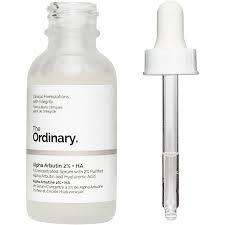
“Another really good inhibitor is arbutin, which is an alternative to hydroquinone,” says Brown. She’s a fan of this serum, which pairs the ingredient with hydrating hyaluronic acid.
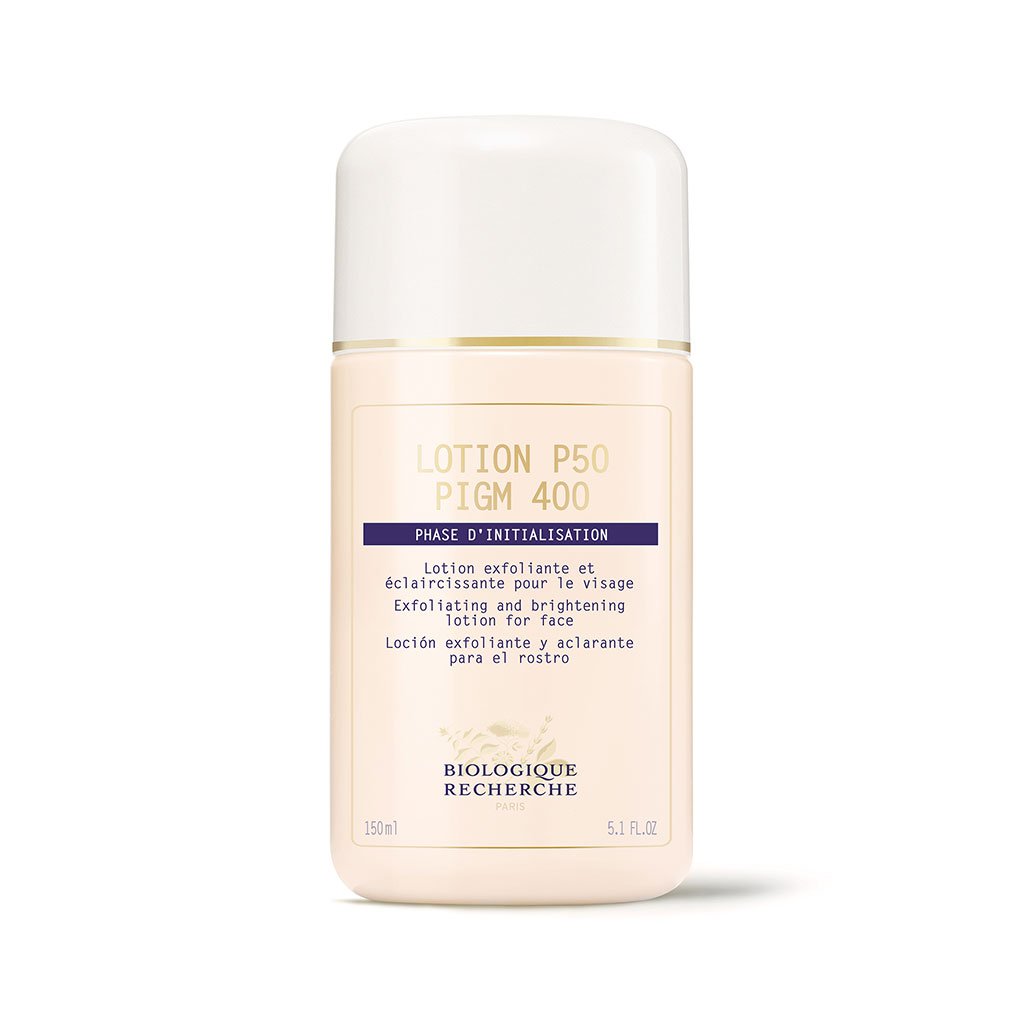
P50 exfoliating acids are among the beauty world’s holy grail, and Brown is a fan of the brand’s sensitive-skin friendly formula. “I’ve been using Biologique Recherche for years, and this one is specifically for melasma and hyperpigmentation,” she says. It combines a laundry list of AHAs that work to gently resurface your complexion, helping to get rid of dead skin cells and even out discoloration.
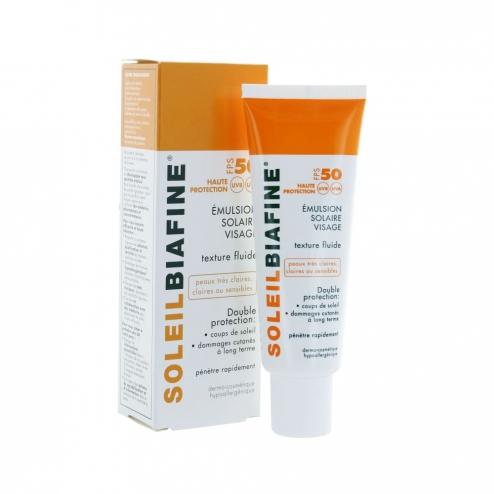
When it comes to preventing melasma, sunscreen is key. “I use Biafine, because it’s hydrating and doesn’t leave a white cast,” says Brown of this mineral formula. “I also love that it has squalene, which makes it very moisturizing.”
Aside from the best products for melasma, if you want more intel on protecting skin of color from UV damage, check out the video below:
Oh hi! You look like someone who loves free workouts, discounts for cult-fave wellness brands, and exclusive Well+Good content. Sign up for Well+, our online community of wellness insiders, and unlock your rewards instantly.
Loading More Posts...